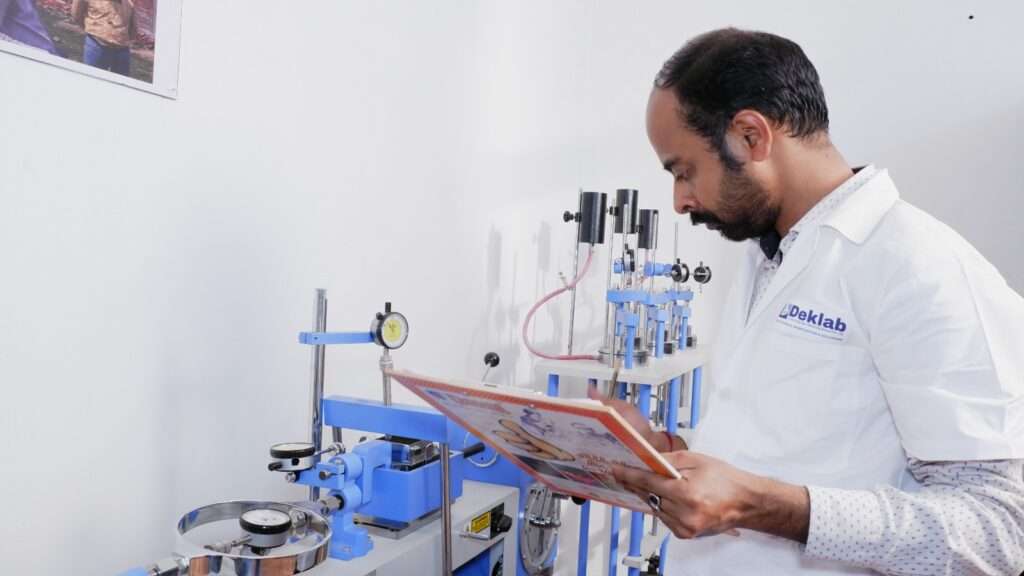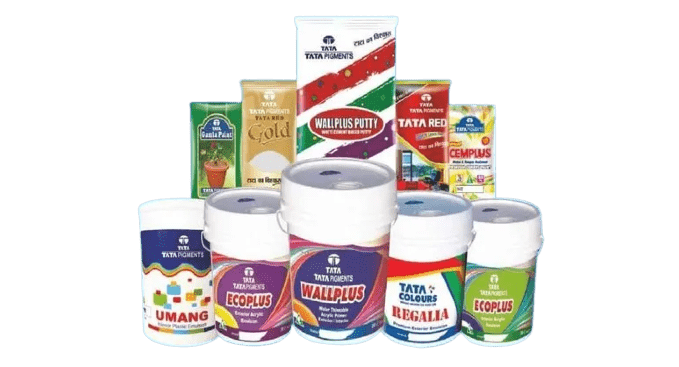Soil Testing in Construction: Importance and Methods
Soil testing is an essential process in construction that helps determine the soil’s properties and characteristics to ensure safe and stable construction. A soil test involves analyzing samples of soil to determine its composition, strength, and ability to support the proposed structure. In this article, we’ll discuss the importance of soil testing in construction and the methods used to test soil.


Importance of Soil Testing in Construction
- Ensuring Stability and Safety
Soil testing helps ensure that the proposed structure will be stable and safe for use. Testing determines the soil’s load-bearing capacity, which is the amount of weight that can be safely supported by the soil. It also identifies any potential problems, such as soil settling or landslides, that could compromise the structure’s stability.
- Planning and Designing
Soil testing provides vital information that helps engineers and architects design and plan the construction project. The test results are used to determine the appropriate foundation design, materials, and construction methods required for the proposed structure.
- Cost Savings
Soil testing can also lead to cost savings in construction. Testing can identify any potential problems early on, allowing engineers and architects to adjust the design and plan for any additional support structures or materials needed. This helps prevent costly repairs or reconstruction later in the construction process.
Methods of Soil Testing
- Visual Inspection
Visual inspection is the simplest and most cost-effective method of soil testing. It involves examining the soil’s color, texture, and consistency to determine its properties. This method is best used for preliminary assessments, and it is not accurate enough for detailed design work.
- Standard Penetration Test (SPT)
The Standard Penetration Test (SPT) is a widely used method for soil testing in construction. It involves driving a metal rod with a standard weight and shape into the soil and counting the number of blows required to penetrate a certain depth. This test provides a measure of the soil’s strength and can determine the soil’s bearing capacity.
- Cone Penetration Test (CPT)
The Cone Penetration Test (CPT) is a more advanced soil testing method that involves pushing a cone-shaped device into the soil at a constant rate of penetration. The device measures the resistance of the soil to penetration, providing a continuous record of soil strength and composition. This test is particularly useful for assessing the soil’s shear strength and determining its suitability for various construction projects.
- Plate Load Test
The Plate Load Test involves placing a steel plate on the soil surface and applying a known load. The resulting deformation of the soil is measured, and the load-bearing capacity of the soil is calculated. This test is particularly useful for determining the soil’s load-bearing capacity for specific types of construction, such as heavy equipment or building foundations.
In conclusion, soil testing is a vital process in construction that helps ensure the stability, safety, and cost-effectiveness of the proposed structure. Visual inspection, Standard Penetration Test, Cone Penetration Test, and Plate Load Test are some of the commonly used methods for soil testing. It is essential to work with experienced geotechnical engineers to perform proper soil testing and ensure the best results for any construction project.
If you want to read more information about construction, engineering, or other related topics, visit our website at Deklab.


